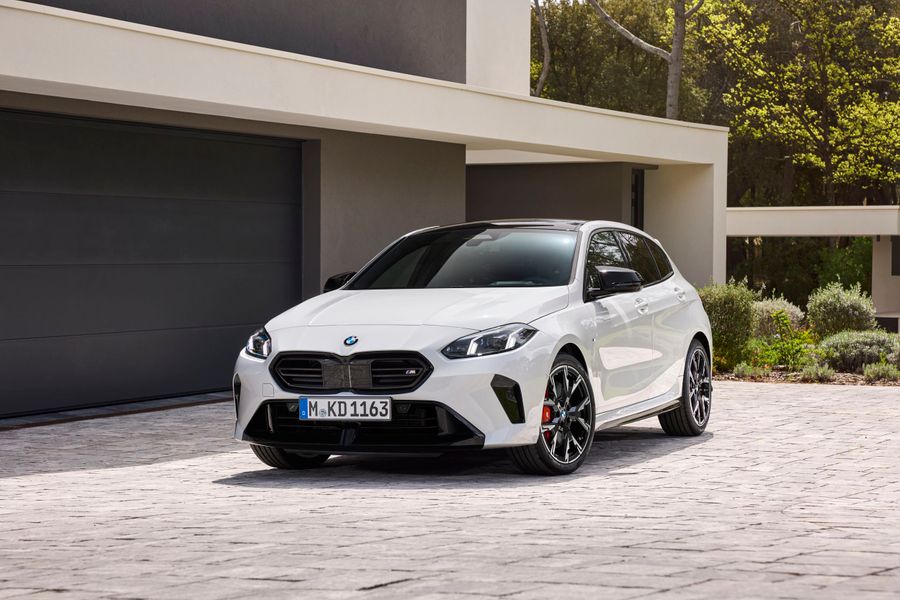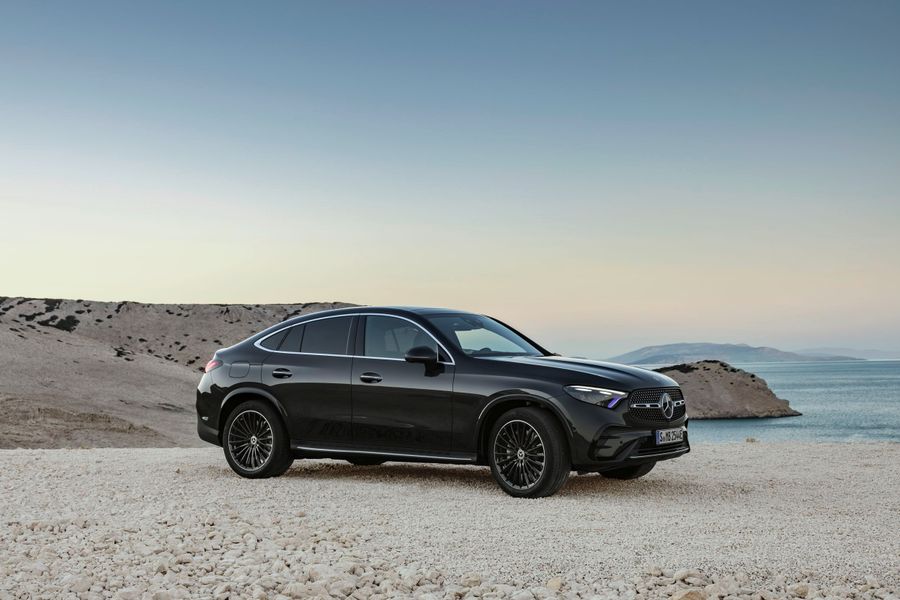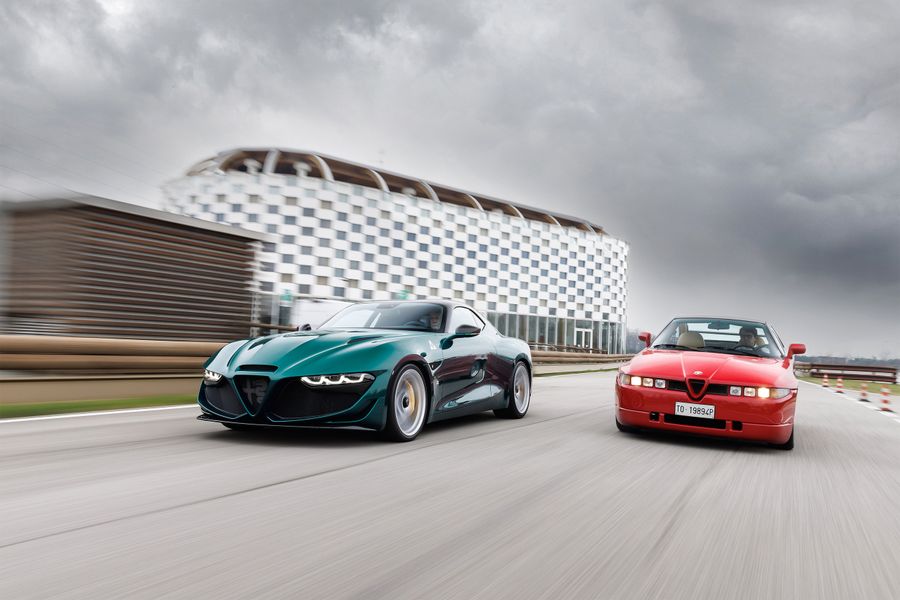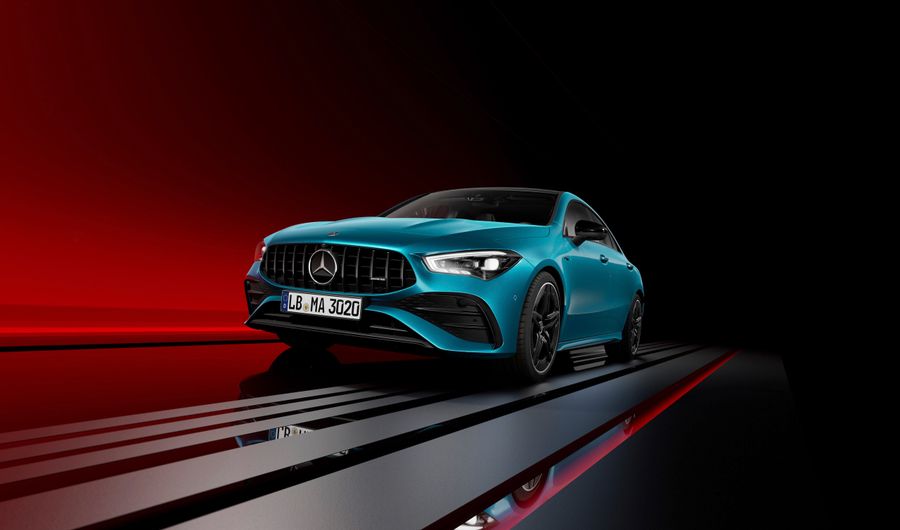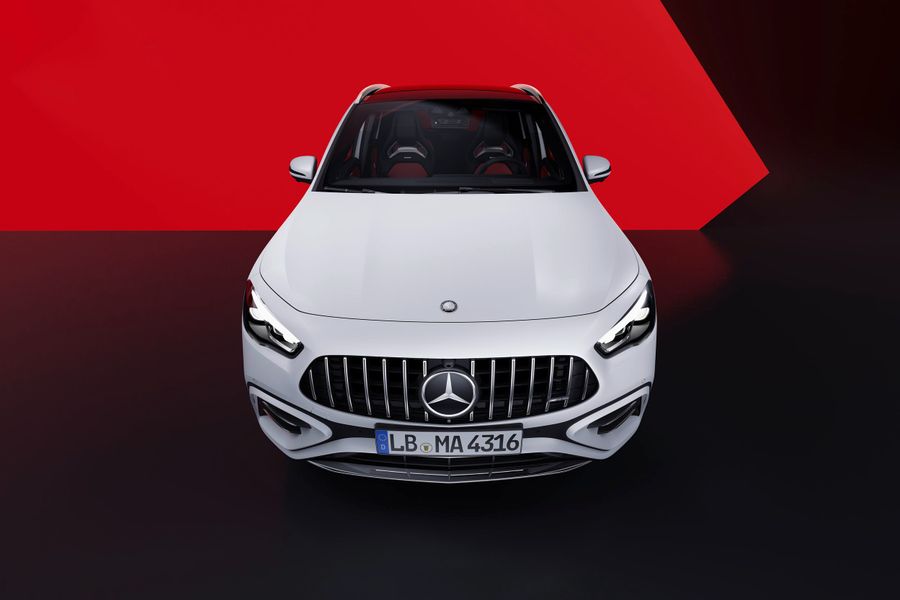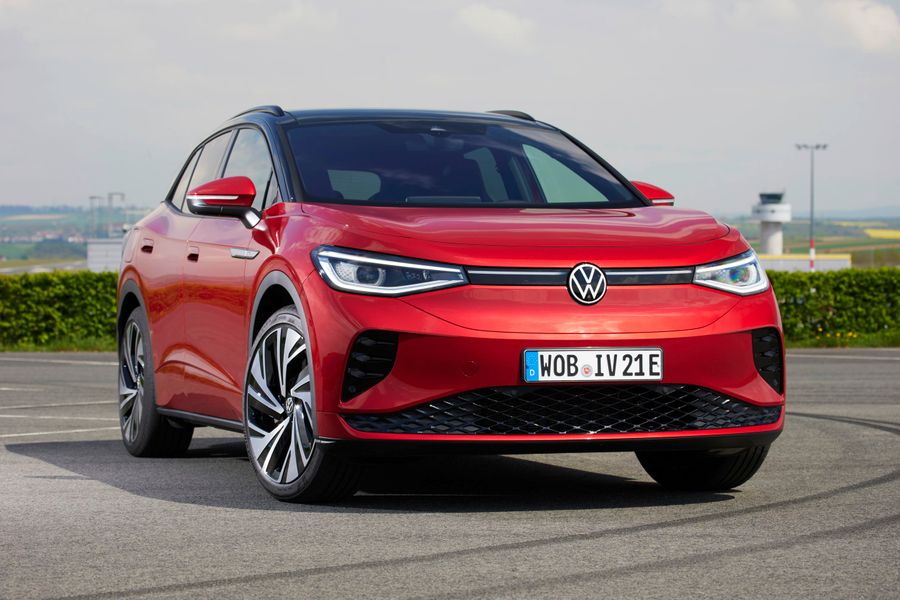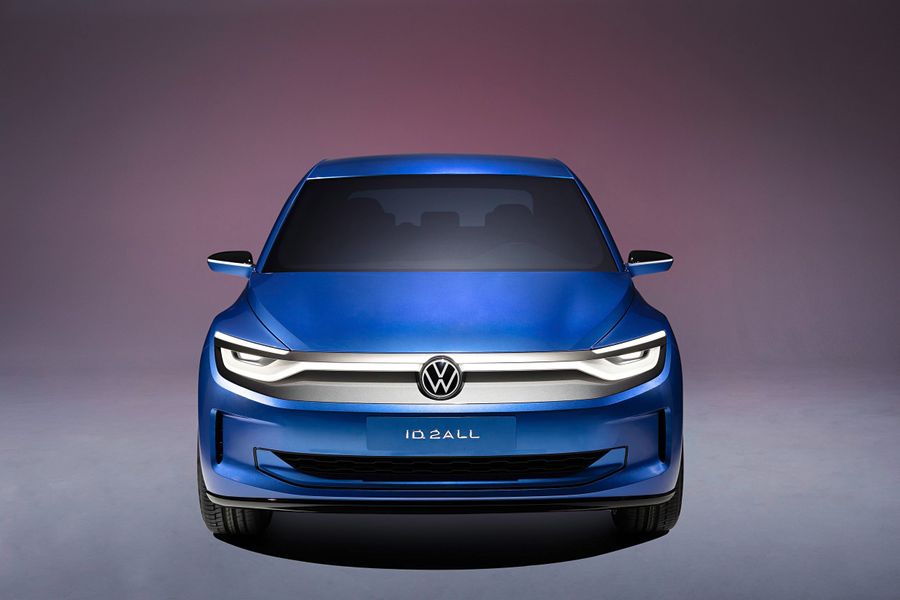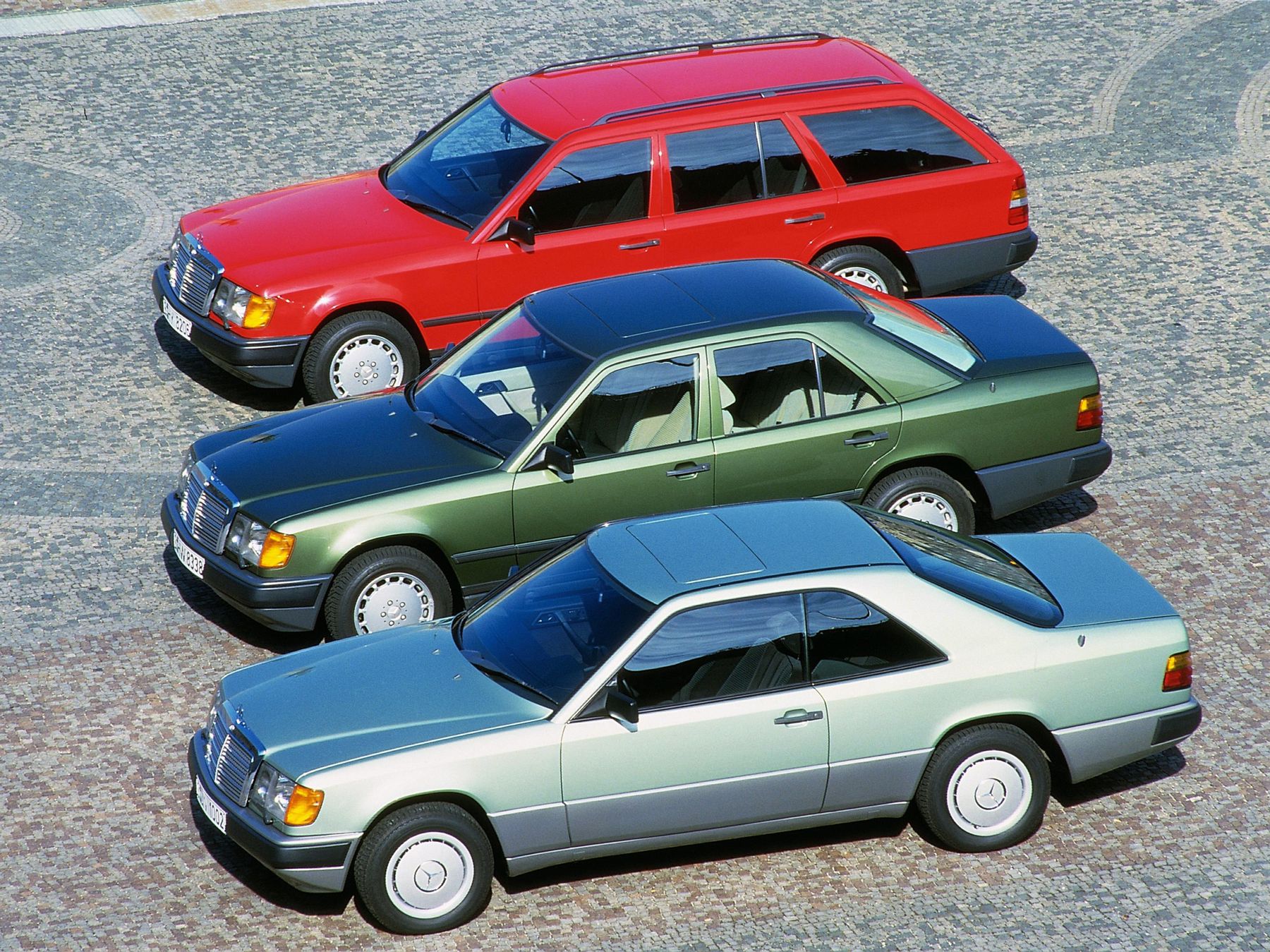
The most reliable car of our day
Mercedes W124 is a family of business-class cars of the German concern Mercedes-Benz, which was produced from 1984 to 1997 in sedan, station wagon, coupe, convertible, and even limousine bodies. In fact, this is the first generation of the future Mercedes E-class, which is considered one of the most reliable and is consistently popular in the secondary market. The new generation with the W124 body index is the successor of the 123 series, which was produced for nine years. The 124th is well known all over the world for its great sales and participation in cult films like ‘Taxi’.
The Mercedes W124 sedan debuted at the Seville Motor Show (Spain) on November 5, 1984. Straight lines and bold designs were eye-catching. In addition to the expressiveness of the exterior, the body was well developed technically: through the use of high-strength steel sheets, as well as materials that reduce weight, significant reductions in fuel consumption and improved safety was achieved. Significant reductions in fuel consumption and improved safety have been achieved through the use of high-strength steel sheets as well as weight-saving materials. The passenger compartment was highly resistant to side impact and overturning and was equipped with crumple zones in the nose and tail. In terms of the number of innovations, the 124th stood out sharply among the previous ‘Mercedes’ and most competing cars from other manufacturers. It is not surprising that potential buyers highly rate the new Mercedes.
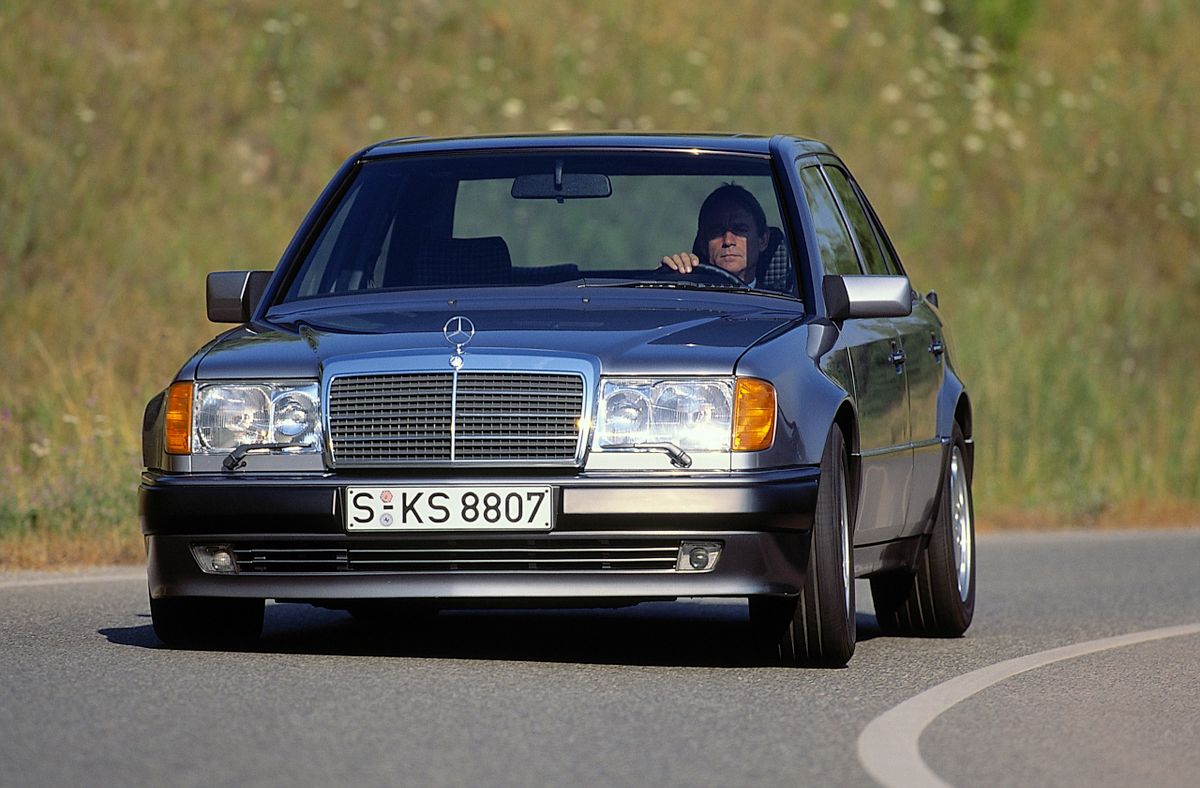
Due to the skills of the famous Italian engineer and designer Bruno Sacco, the w124 has been designed with many innovative solutions for its time. One of the most significant decisions is the elaborate aerodynamics of the body. The drag coefficient of the sedan was 0.28, and this was one of the best results for its time and class. The new model received a higher status. It was the favorite car of German taxi drivers, the W12, and became the elegant and prestigious W124 family car.
The most advanced developments of that time were introduced on the 124th Mercedes. In terms of the number of innovations, the 124th stood out sharply among the previous Mercedes and most competing cars from other manufacturers.
Only one wiper with an elevator was installed on the windshield, the mechanism of which was designed to cover the maximum glass area which is 86%. It was the best result in the world. The upper edges of the windshield were also rubbed, due to the rotational motion and vertical motion. It should be noted that the washer fluid reservoir, wiper zones, and nozzles (with the help of a coolant), as well as the washer fluid nozzles (electric) were heated. There is another cool and useful feature. The rear head restraints were reclined at the touch of a button on the front console to improve the view through the rear window.
Bodywork
At the Frankfurt Motor Show in September 1985, eight months after the sedan hit the market, the 124 Series station wagon debuted. Cars were delivered in 5 and 7-seater versions. In the 7-seater model, the seats were folded so that the luggage compartment had a flat surface. Both models also had a folding second row of seats, which increased the luggage compartment to 2 meters.
Two coupes were unveiled at the 1987 Geneva Motor Show. They completed the lineup as a third body option. The W124 coupe is still considered one of the most beautiful in history.
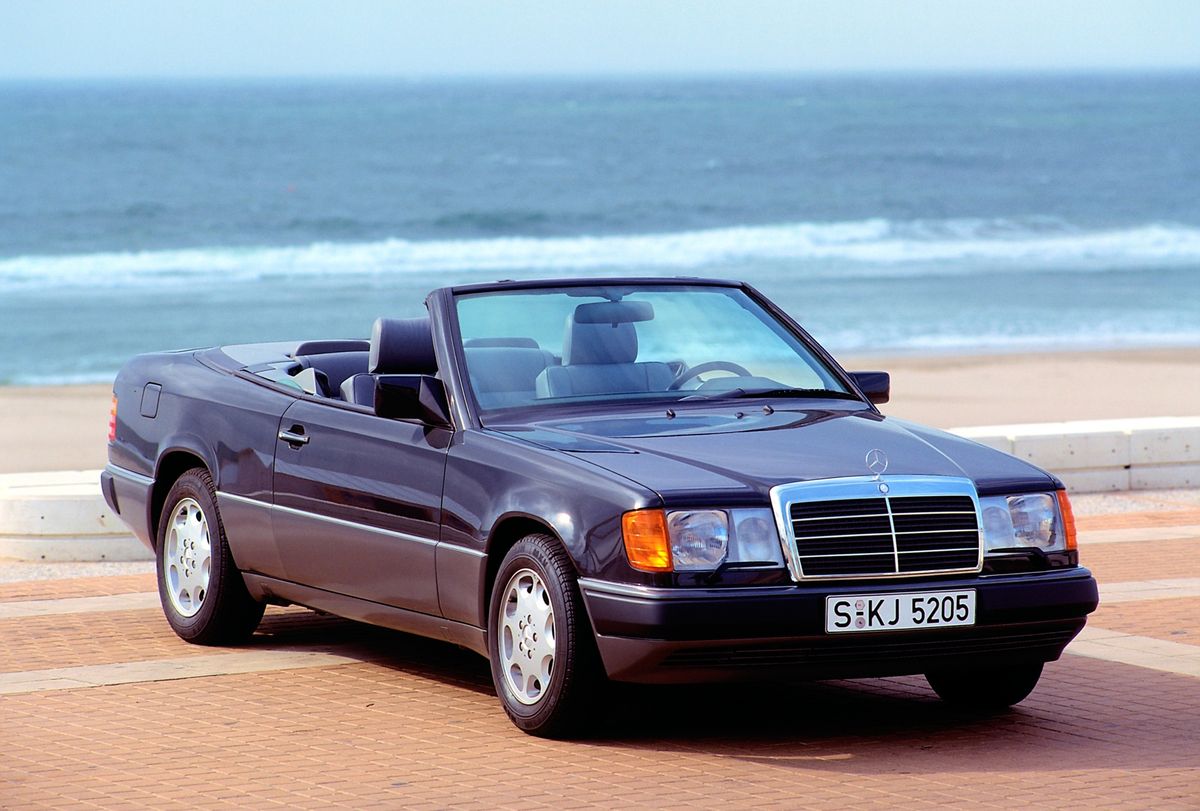
Like the previous series, the W124 was also available as a chassis for special cars. They were used to make ambulances and other special versions. In addition to the regular wheelbase models, of which the 250D and 230E were available, there was also a longer version offered as the 250D, 230E, and 260E.
Chassis and engines
Front and rear axle designs ensured excellent driving performance. The new models were equipped with a front axle with A-arm independent suspension and pecking protection, as well as a multi-link rear suspension, in which five levers were assigned to each rear wheel.
Almost all the engines were new development. Only 4-cylinder engines remained from the 123rd series. In addition to the completely new 2.6 and 3 liter 6-cylinder injection engines, there is a new generation of diesel engines.
The Mercedes-Benz Driving Dynamics Concept was introduced in 1985. It consisted of three-speed electronic automatic dynamic systems with an automatically controlled locking differential (ASD), anti-slip control (ASR), and an automatically engaging 4MATIC all-wheel drive. 4MATIC, technically the most expensive system of the new concept, was available for the 124 Series 6-cylinder sedans and station wagons. In addition to the sophisticated electronics control, it included a full-fledged auxiliary front-wheel drive with a transfer case and differential.
1989 update
At the Frankfurt Motor Show in September 1989, a completely renewed model range was presented. Body and interior restyling were the major changes. A distinctive feature is the tall side moldings, which had already been introduced two and a half years earlier for the coupe. Polished stainless steel slats were on the top edges. The effect has been enhanced by chrome door handle trims and redesigned hub caps. Another novelty is the exterior mirror housings, painted in the color of the car. The interior has also been updated.
In addition, to design and equipment improvements, the revamped 124 Series also included five brand new models. The sedan, coupe, and station wagon now with a 220 hp 3.0-liter 6-cylinder 4-valve engine, which was based on the proven 2-valve engine and debuted six months ago in the 300SL-24 model, were presented at the show.
The fourth body, which was presented in Frankfurt, was a sedan with an increased wheelbase. Models 250D long and 260E long had six doors and a full center row of seats, the depth, and height of the back of which were almost identical to the rear. Serial production of long-wheelbase sedans began in May 1990.
The new top model, the 500 E, was released at the Paris Motor Show in October 1990. The novelty had a 5-liter 4-valve V8 engine with 326 hp. The 500E accelerated from 0 km/h to 100 km/h in 5.9 seconds with a standard 4-speed automatic transmission. The maximum speed was limited to around 250 km/h. Slightly flared fenders, fog lights integrated into the front apron, 16-inch eight-hole alloy wheels and wide 225/55 ZR 16 tires were the 500E’s signature features. The production of this exclusive model, which at the time of its launch was priced at almost DM 135,000, was produced in close cooperation with Porsche.
Another body option, the 300CE-24 convertible was presented at the IAA in Frankfurt a year later.
1993 update
In September 1992, after the two millionth 124 Series rolled off the assembly line in June, the next update was presented. While the first facelift of 1989 was more about styling, this time the focus was on engine and details.
The name of the ‘E-class’ series appeared on the restyled Mercedes W124
The series was updated in 1993. The E-class concept was introduced just then. The letter E, which previously denoted the difference between mono-injection injection (einspritz - injector) models, came to the fore.
Restyling the 124 brought him several interesting changes. Naturally aspirated diesel engines (except for the 4-cylinder 2.0-liter engine) received 4 valves per cylinder, which gave an increase in torque and performance while reducing fuel consumption. All models have been updated externally. A distinctive feature was the radiator grille based on the S-class solution, which was harmoniously integrated into the bonnet. The three-pointed star has moved to the bonnet. The direction indicators, trunk lid, wheels, and bumpers have changed.
The W124 was replaced by the W210 series in June 1995. Production of the 124 E-Class sedans ceased shortly thereafter. In 11 years of production, 2,213,167 sedans, 2,342 extended wheelbase sedans, and 6,398 conversion chassis were produced.


